Mathura, one of India’s seven sacred cities (Sapta Puri), holds a special place in the heart of every devotee and traveler. Located on the banks of the holy Yamuna River in Uttar Pradesh, Mathura is celebrated as the birthplace of Lord Krishna and forms the cultural and spiritual core of Braj Bhoomi. Along with the nearby town of Vrindavan, Mathura attracts millions of pilgrims every year, especially during Janmashtami and Holi.
But Mathura is more than just a religious destination—it’s a vibrant blend of ancient temples, colorful ghats, festive celebrations, and timeless legends. This detailed guide takes you through the best places to visit, unique experiences to enjoy, and practical travel tips for your Mathura trip.
1. Shri Krishna Janmasthan Temple Complex
The heart of Mathura, Shri Krishna Janmasthan Temple, is believed to be the exact birthplace of Lord Krishna. The complex houses the Garbha Griha (birthplace shrine), the Kesava Deo Temple, and the Bhagavata Bhavan.
The site’s history is layered—it was destroyed and rebuilt multiple times under various rulers, and the Shahi Eidgah Mosque, built during Mughal rule, still stands adjacent to it. Visiting here feels like stepping into living history, where faith and resilience intertwine.
Tip: Avoid visiting during peak hours in the afternoon; early morning or late evening is best for a peaceful darshan.
2. Dwarkadhish Temple
One of the most visited temples in Mathura, Dwarkadhish Temple was built in 1814 in Rajasthani architectural style. Dedicated to Lord Krishna in his royal Dwarkadheesh (King of Dwarka) form, the temple is known for its exquisite carvings, paintings, and festive celebrations.
The Hindola Utsav, when the deity is placed on beautifully decorated swings, is a must-see if you’re visiting in July–August.
The most important of Mathura’s 25 ghats, Vishram Ghat is where Krishna is said to have rested after killing King Kansa. Evenings here are magical—the Yamuna Aarti fills the air with chants, diyas float on the river, and boats gently sway in the water.
4. Kusum Sarovar
Located between Govardhan and Radha Kund, Kusum Sarovar is a beautiful 450-foot-long tank surrounded by sandstone cenotaphs. It is associated with the stories of Radha picking flowers for Krishna. The serene waters, Mughal-style architecture, and calm surroundings make it perfect for photography and peaceful reflection.
5. Kans Qila (Fort of Kansa)
Overlooking the Yamuna River, this ancient fort is linked to the tyrant King Kansa from Krishna’s legend. Though partly in ruins, it’s a fascinating site for history enthusiasts and offers panoramic views of the river.
6. Government Museum, Mathura
Also known as the Mathura Museum, it houses one of the largest collections of Kushan and Gupta period sculptures, ancient coins, paintings, and artifacts. For history lovers, this museum is a treasure trove that tells the story of Mathura’s cultural evolution.
Around 23 km from Mathura, Govardhan Hill is a sacred site where Krishna is believed to have lifted the hill to protect villagers from torrential rains caused by Lord Indra. Pilgrims perform the Govardhan Parikrama—a 21 km walk around the hill—visiting important spots like Radha Kund and Shyam Kund.
8. Vrindavan – The Town of Temples
Just 15 km from Mathura, Vrindavan is where Krishna spent his childhood and youth. The town is filled with temples, each narrating a different aspect of Krishna’s life.
Must-Visit Temples in Vrindavan:
- Banke Bihari Temple: Famous for its playful deity and unique darshan style where curtains open and close every few seconds.
- Prem Mandir: A modern marble temple with intricate carvings and a captivating evening light show.
- ISKCON Krishna Balaram Mandir: Known for its serene white marble structure and devotional chants.
- Radha Damodar Temple: Established in 1542, it houses historic deities and sacred stones from Govardhan Hill.
9. Festivals in Mathura
Mathura comes alive during festivals, and being here during these times is a once-in-a-lifetime experience.
- Holi: Celebrated with unmatched zeal, especially the famous Lathmar Holi in Barsana and Nandgaon, where women playfully hit men with sticks.
- Janmashtami: Marks the birth of Krishna with midnight celebrations, devotional singing, and temple decorations.
- Radhashtami & Govardhan Puja: Other major celebrations filled with devotion and festivities.
A trip to Mathura is incomplete without tasting its delicious vegetarian fare.
- Peda: A sweet made from khoya, synonymous with Mathura.
- Kachori with Sabzi: Spicy breakfast delight.
- Jalebi: Served fresh and hot in the mornings.
- Thandai & Lassi: Perfect to beat the heat.
11. Shopping in Mathura
The bustling markets near Dwarkadhish Temple and Vishram Ghat offer:
- Brass idols and puja items
- Handicrafts and colorful bangles
- Radha-Krishna paintings
- Traditional sweets
12. Suggested 2-Day Itinerary
Day 1 – Mathura:
Morning: Shri Krishna Janmasthan Temple, Dwarkadhish Temple
Afternoon: Government Museum, Kans Qila
Evening: Vishram Ghat aarti & boat ride
Day 2 – Vrindavan & Nearby:
Morning: Banke Bihari Temple, ISKCON
Afternoon: Prem Mandir, Radha Damodar Temple
Evening: Kusum Sarovar sunset & return
Best Time to Visit
- October to March: Pleasant weather and major festivals.
- Avoid summers (April–June): Extremely hot temperatures.
- Monsoon (July–September): Lush greenery but occasional flooding.
Travel Tips
- Dress modestly, especially when visiting temples.
- Footwear is not allowed inside temple premises.
- Keep cash handy as small shops often don’t accept cards.
- Start your day early to avoid crowds and heat.
Conclusion
Mathura is not just a city—it’s an emotion woven with devotion, history, and vibrant culture. Whether you’re here for spiritual awakening, cultural exploration, or simply to witness the stories of Krishna come alive, Mathura will leave an everlasting impression on your heart.






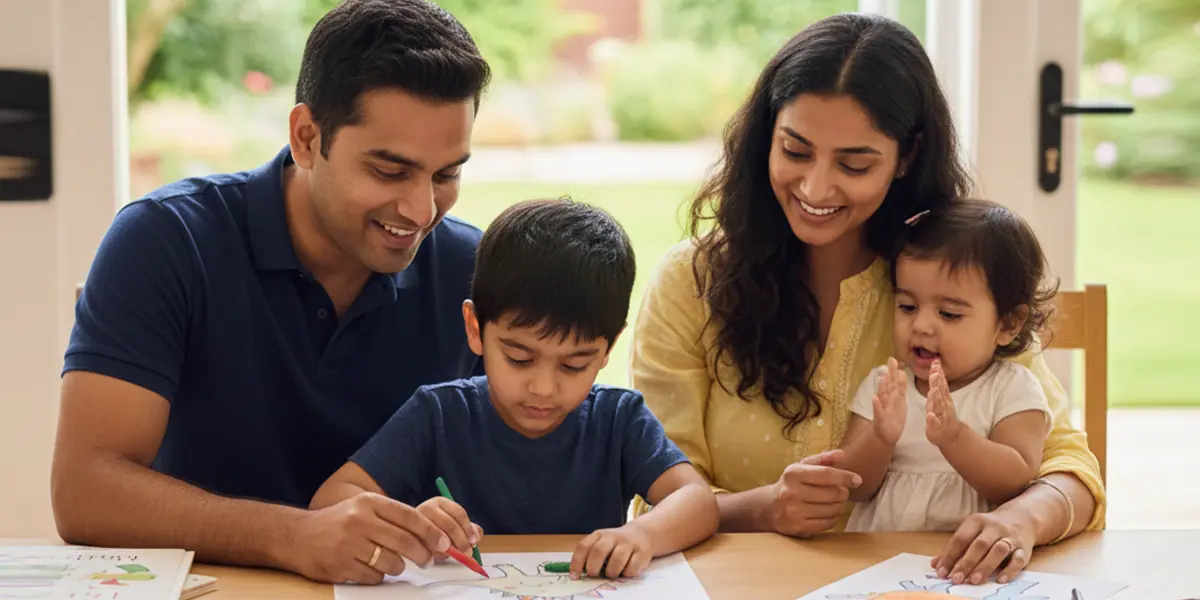





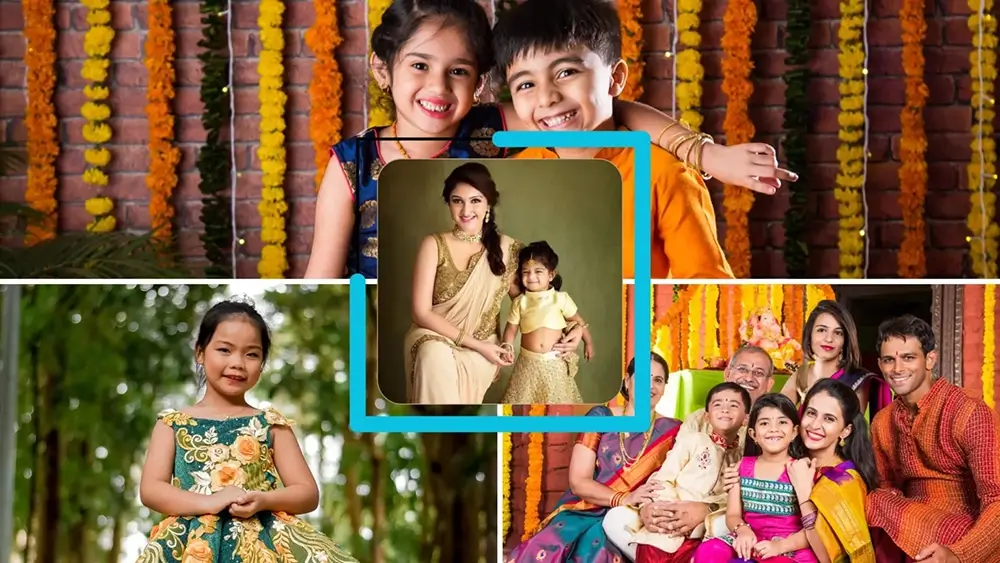



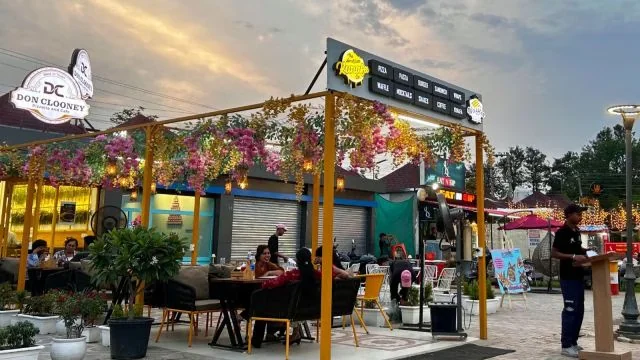

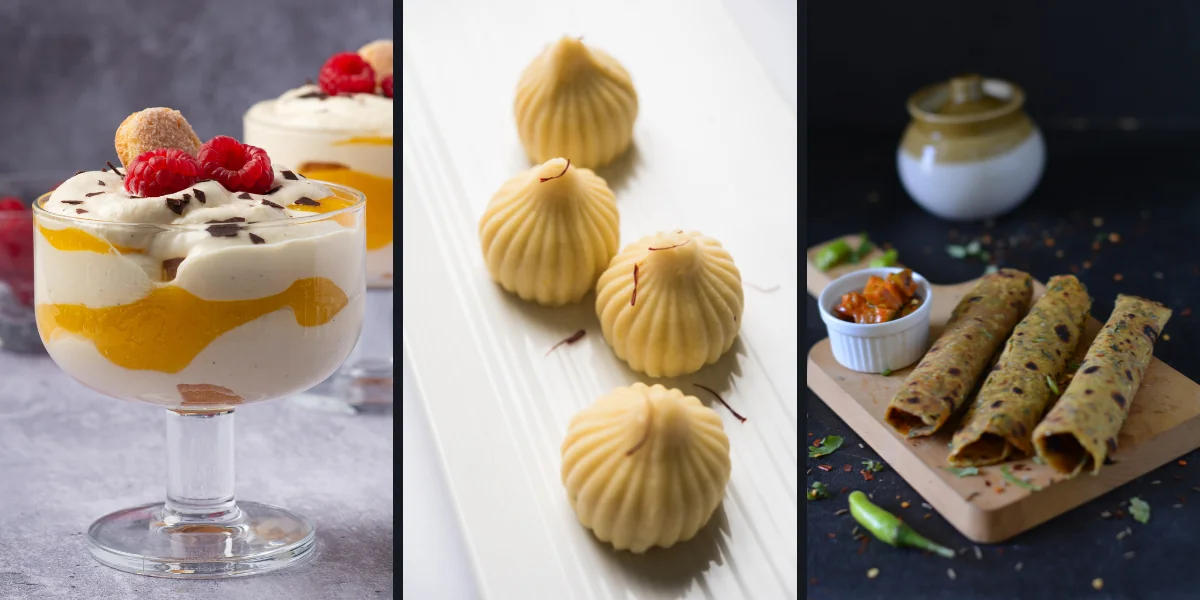
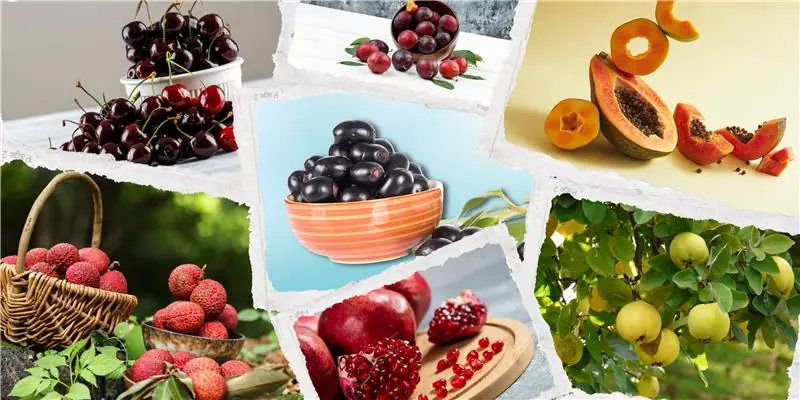

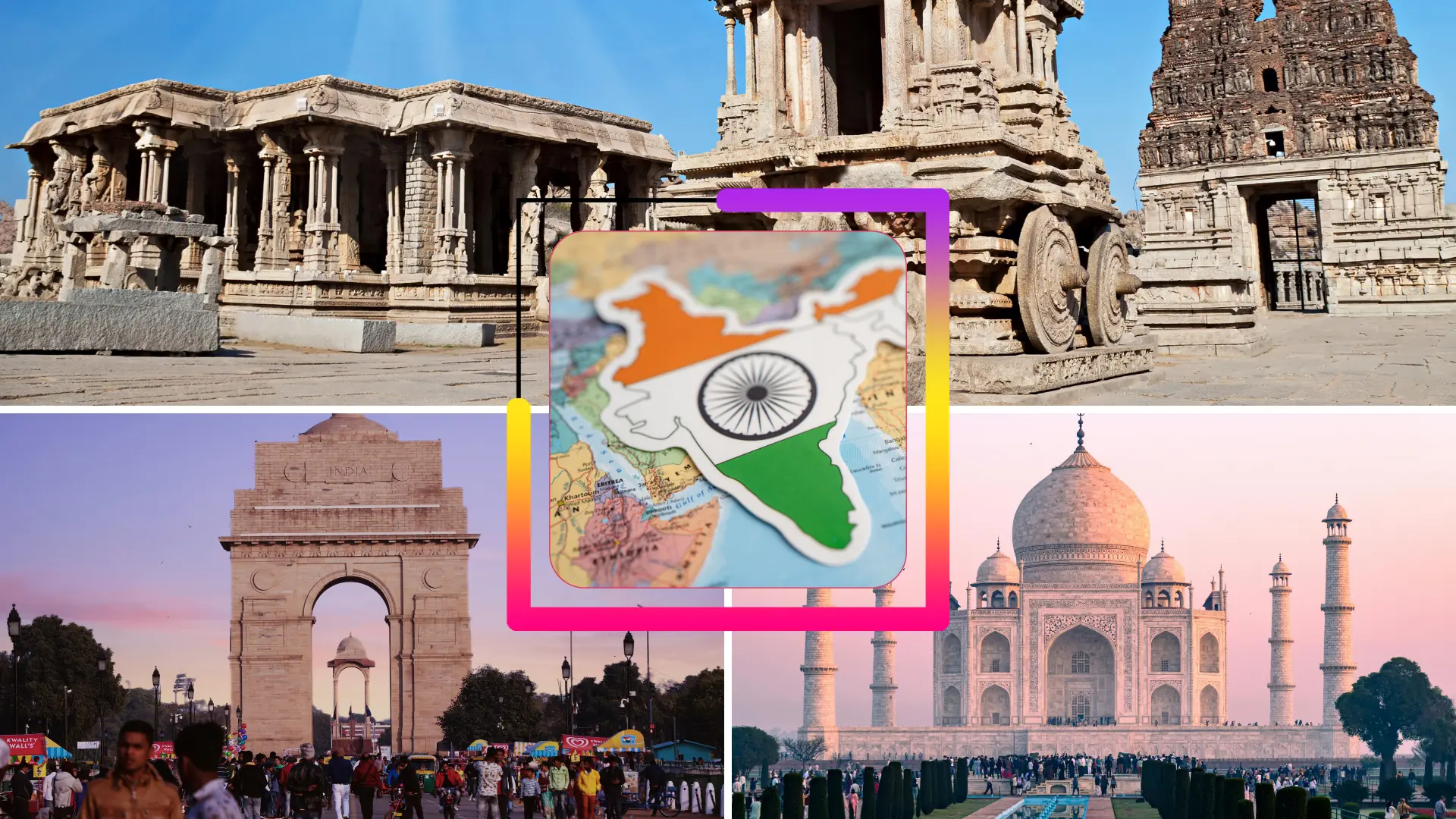







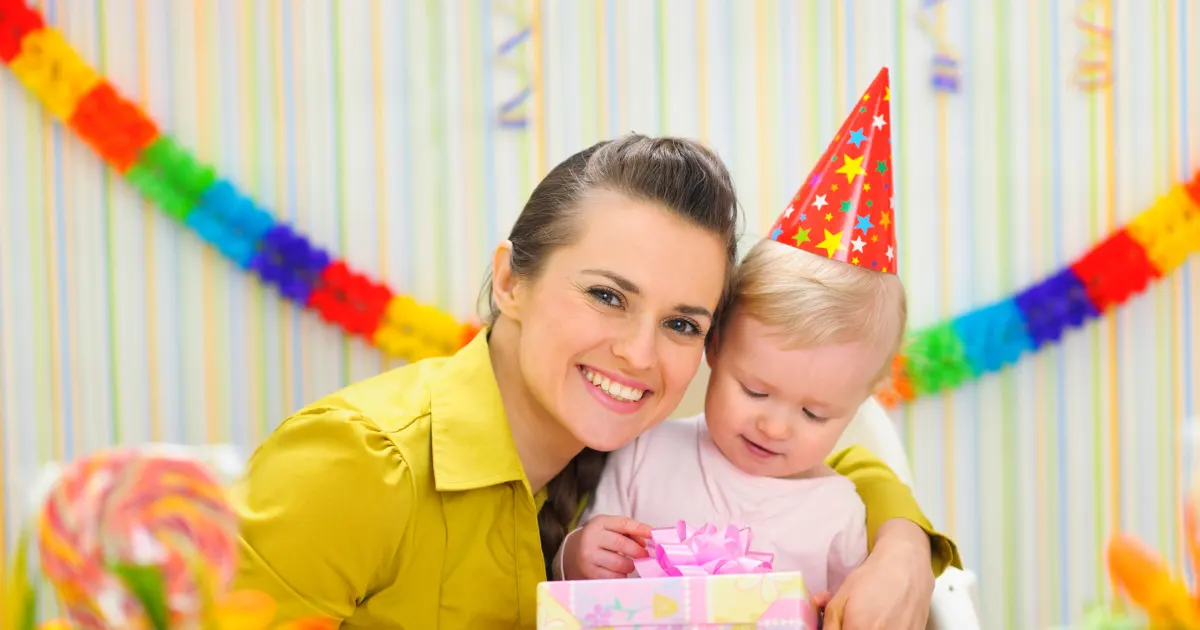


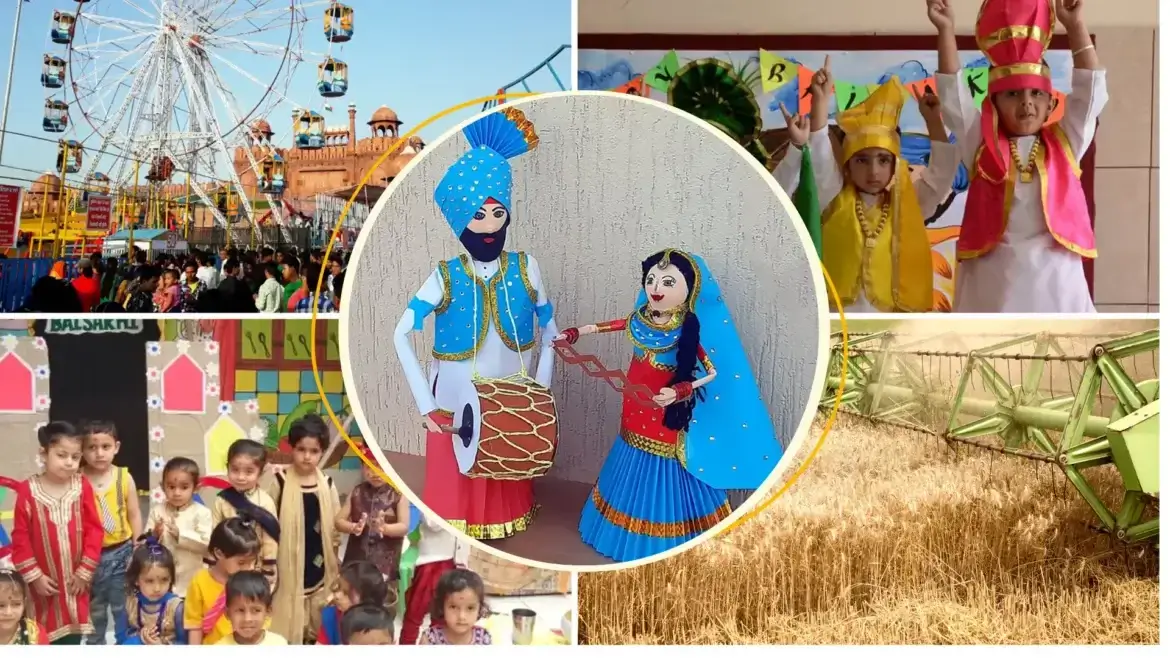


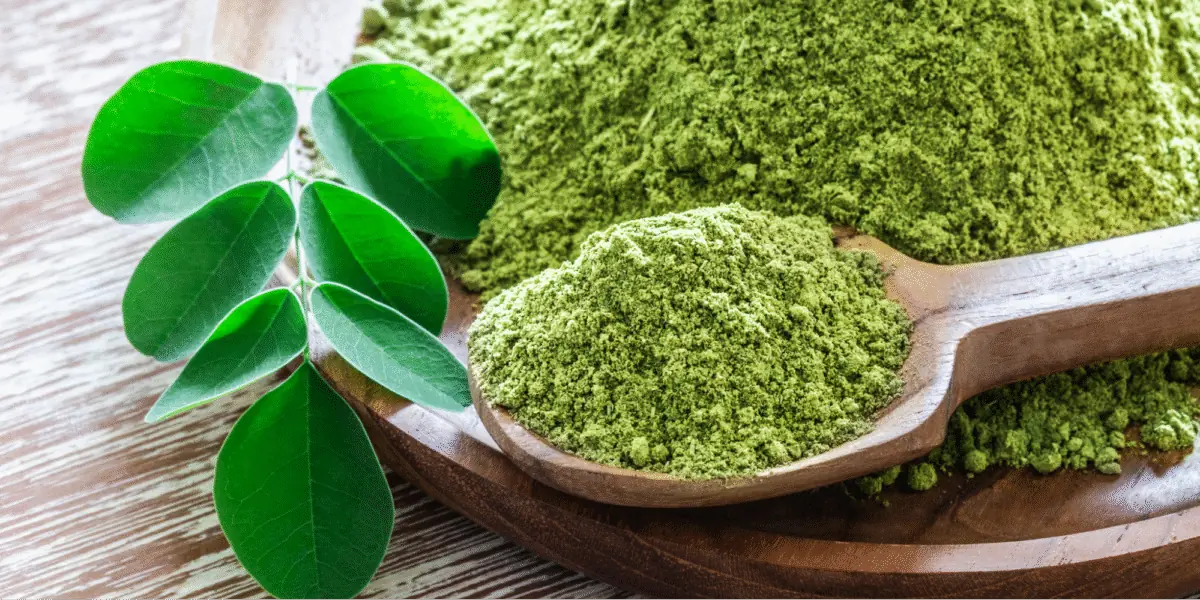





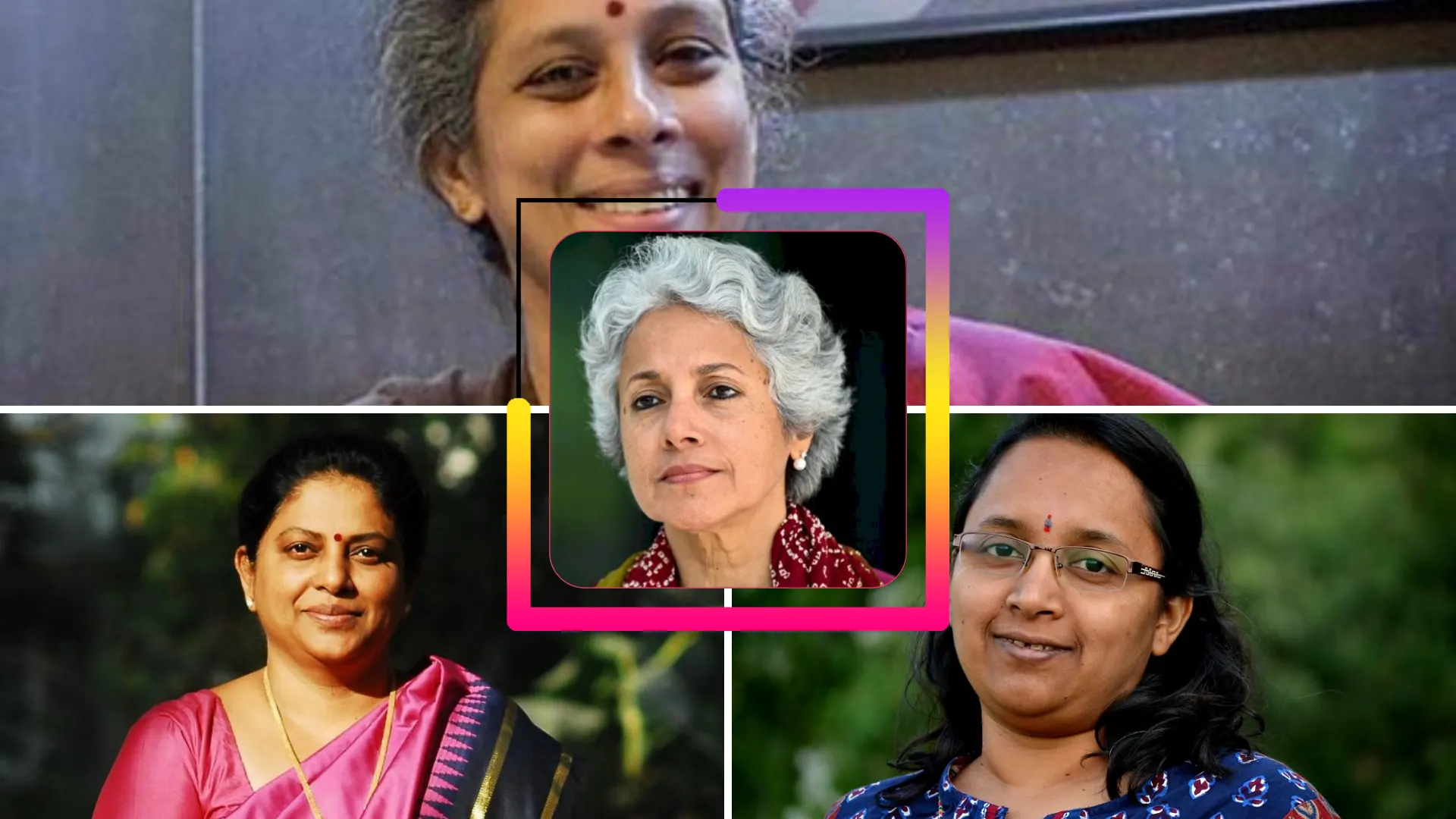
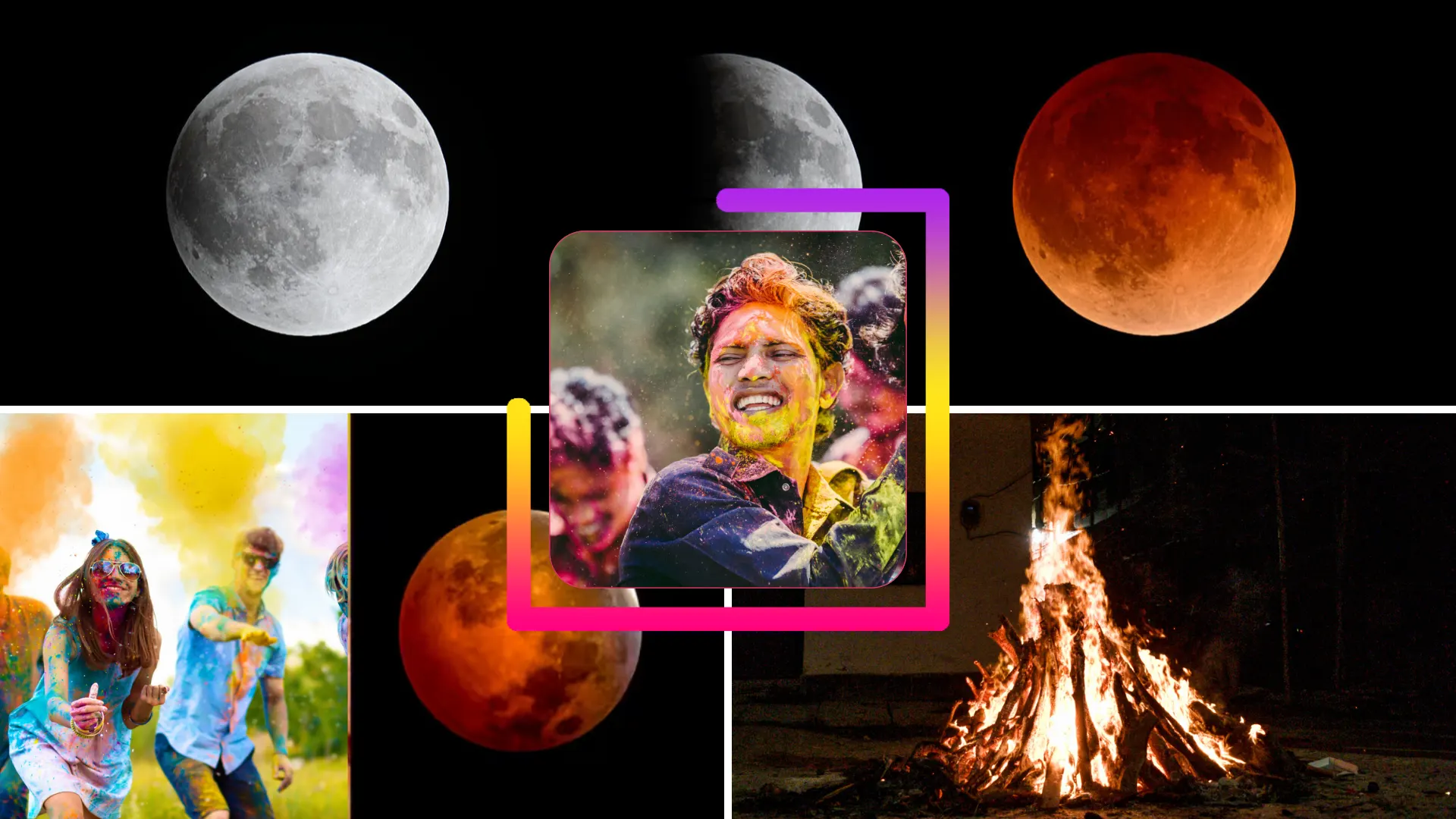
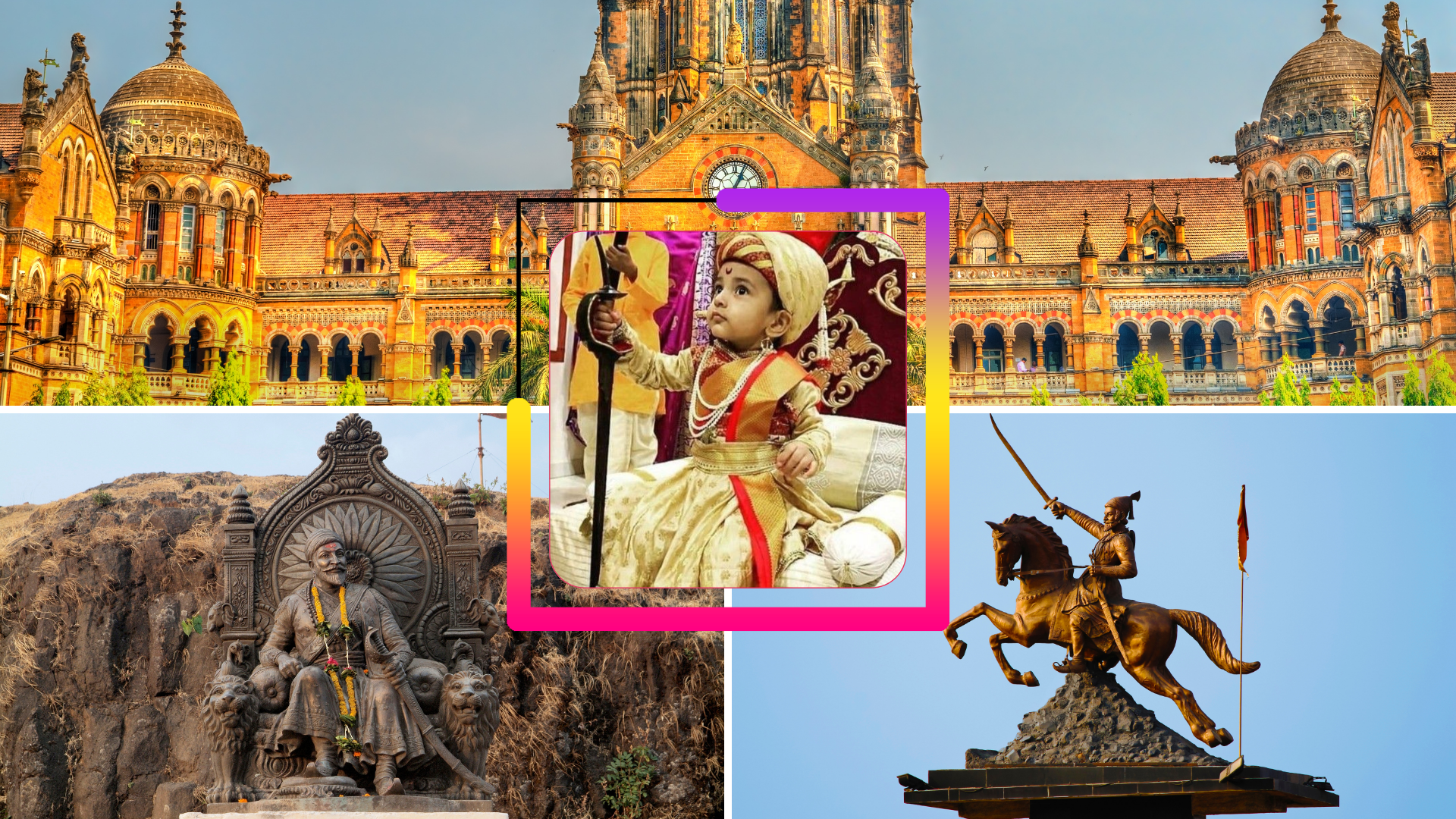


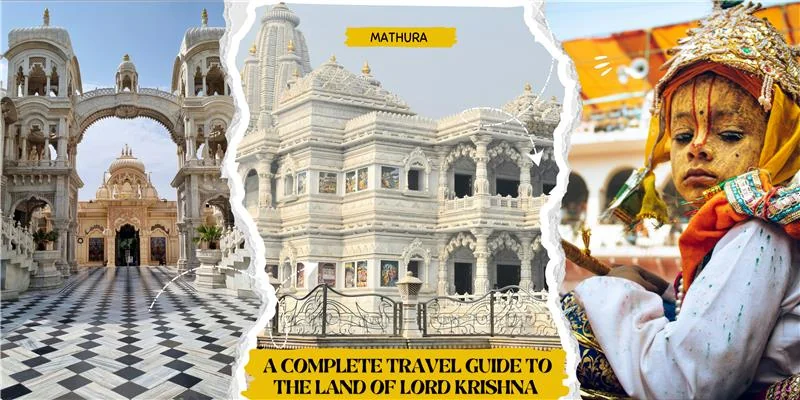
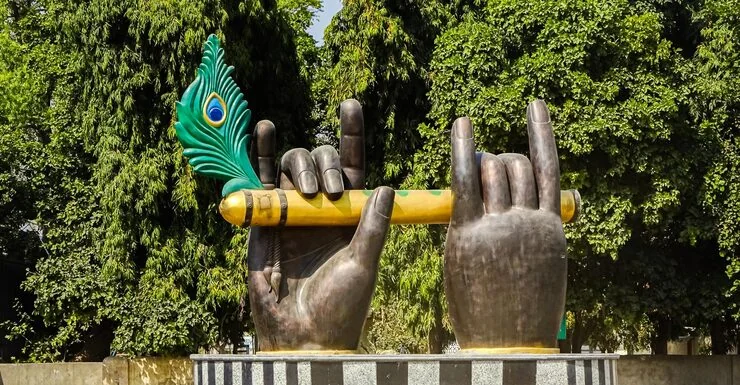
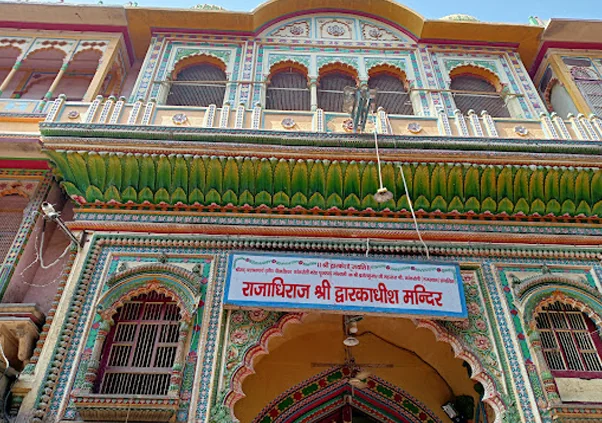
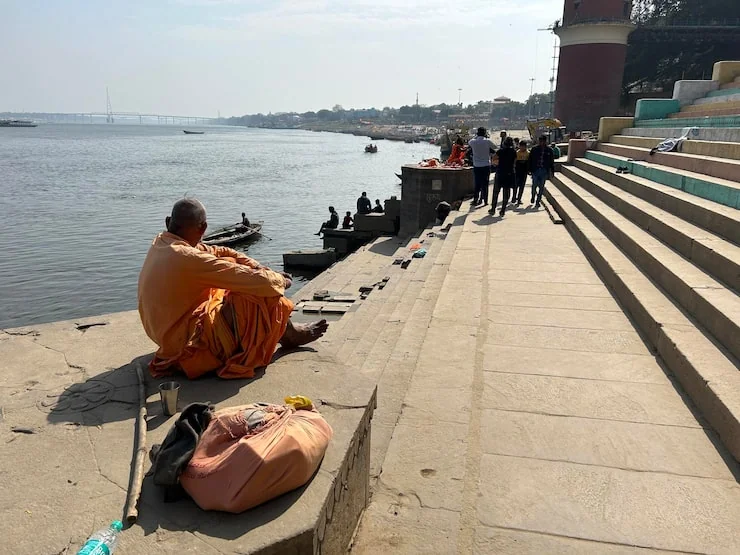
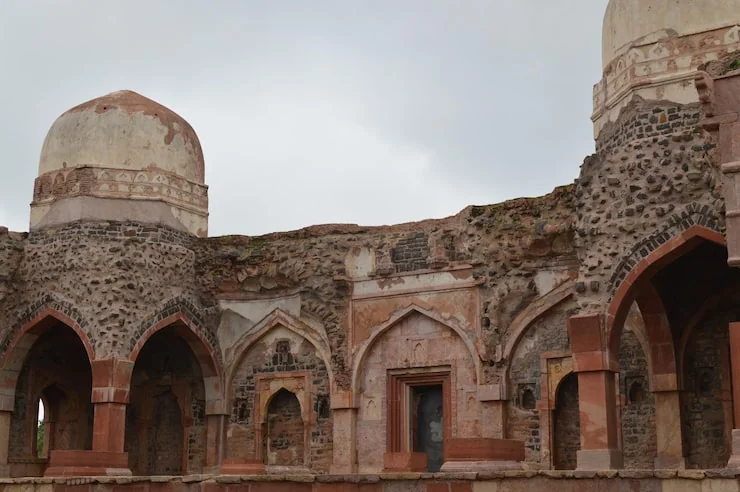
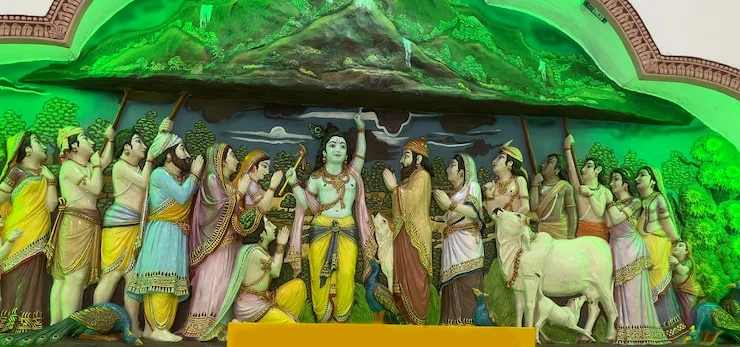
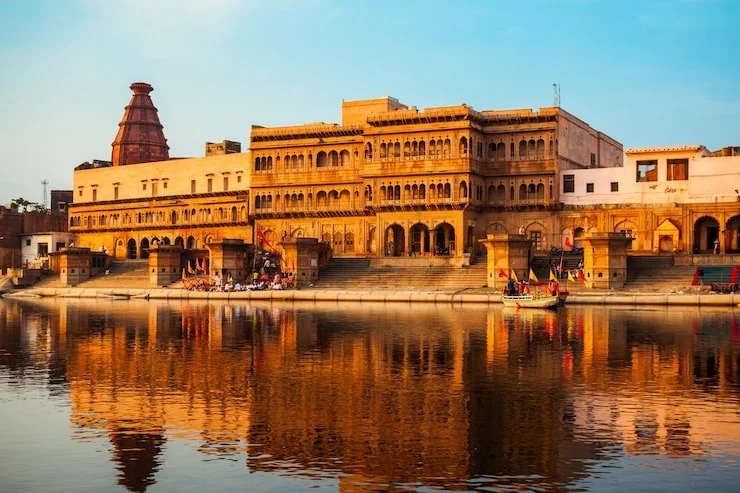
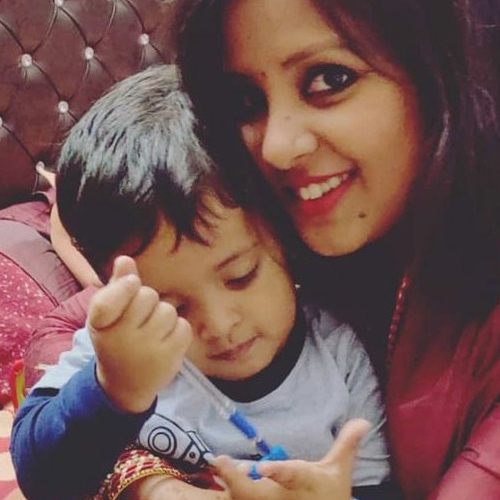
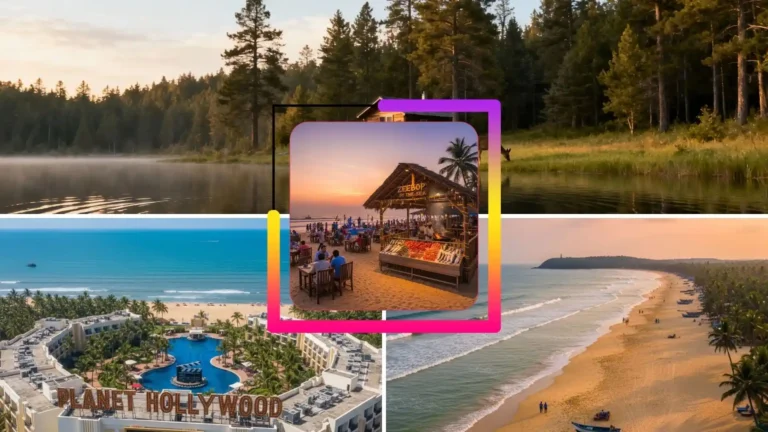
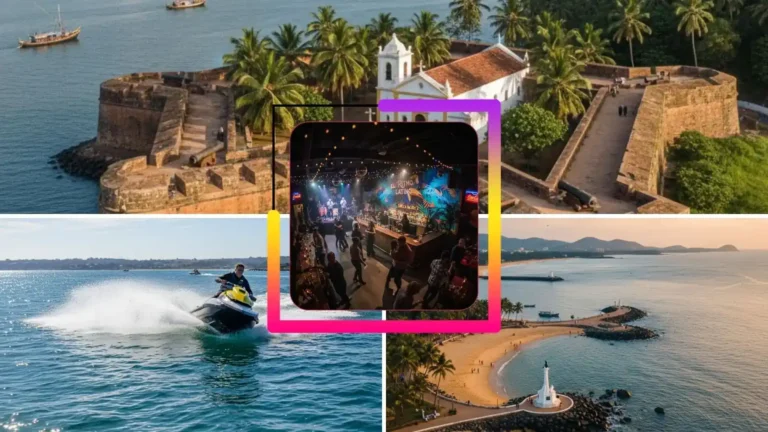
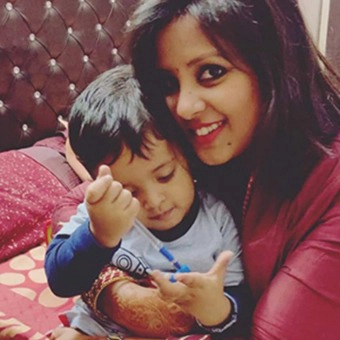



Leave a Comment